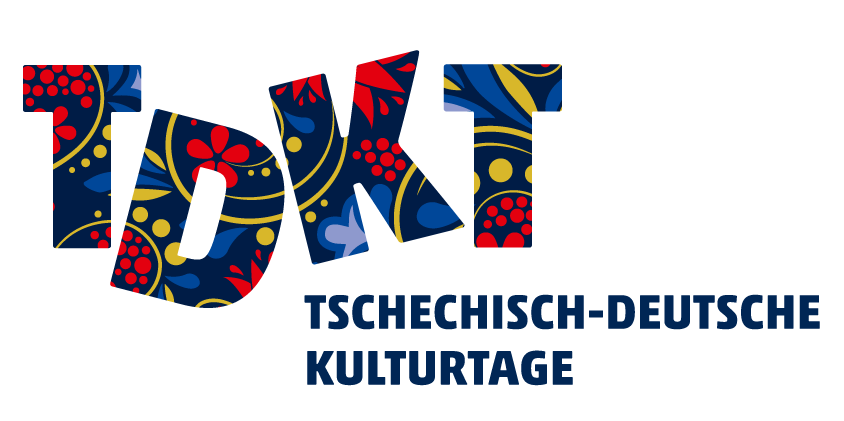Inspiration Kuks
Photographs and drawings by Matthias Jackisch

Fotografien und Tuschezeichnungen: Matthias Jackisch
Fotografien Ausstellung und Künstlerportrait: Jan Oelker
Fotografien Vernissage und Ausstellungsabbau: Simon Wolf
Kuration und Texte: Jan Oelker
Digitale Umsetzung: Simon Wolf, Fabian Herzog
Eine digitale Ergänzung zur Ausstellung vom 08.04. bis 21.06.2022 der Galerie nEUROPA
In Kuks, in the north-east of the Czech Republic between Trutnov and Hradec Králove on the Elbe, Franz Anton Count von Sporck had an entire Baroque ensemble built at the end of the 17th century. With a castle and baths on one side of the river and a hospice for war veterans, the Hospital, on the other. Sporck was open to the ideas of the early Enlightenment and, as a publisher, helped to disseminate them. He did not shy away from confrontation with the Church, which led to several lawsuits. Above all, however, Count von Sporck was very open to art and its great patron.
He engaged the Tyrolean-born sculptor Matthias Bernhard Braun to enhance this ensemble with sculptures. With the lightness and gentle irony of his figures, Braun succeeded in subtly “chiseling in stone” the Count’s ideological positions, which he must certainly have shared. ln the commission of his patron, Braun was thus able to create his opus magnum in Kuks between 1713 and 1732, thus advancing to become one of the most important sculptors of the Baroque.
Between 1713 and 1720, several groups of sculptures were created around the Kuks Hospital, such as the allegory of the “Beatitudes”, the “12 Virtues” and the “12 Vices”. Following this, Braun created a sculpture park in the Neuwald forest laid out by Sporck, which was made directly on site. Reliefs were created on the walls of former quarries, and sculptures were hewn from stones lying in the forest. Braun and his students thus created a masterpiece of “Land Art” 250 years before this concept of art was coined, albeit in a baroque form.
The sculptor and artist Matthias Jackisch, who comes from Upper Lusatia, learned his trade in the baroque city of Dresden, 350 kilometres down the Elbe from Kuks. Three centuries later, he follows in Braun’s footsteps – the motto of the Czech-German Cultural Days 2022 – and is inspired by his work. He finds completely new aspects in it and, as a result of this examination of the formal language of the Baroque, publishes the book “Hausen im Stein”. In it, he relates the general observations of the art critic Wilhelm Hausenstein on the essence of the Baroque to the sculptures of Matthias Bernhard Braun. Jackisch links his photos of Braun’s figures with quotations from Hausenstein’s book “Vom Geist des Barock” (The Spirit of the Baroque), published in 1920, and thus creates an imaginary encounter between the art critic and the sculptor.
“The Baroque wants this dispute against the freedom of form” wrote Hausenstein in his reflections. Matthias Jackisch, who by no means shies away from the “freedom of form”, takes up the baroque swing of Braun’s sculptures in his drawings. In the interplay of these drawings with his photographs taken in Kuks, he conducts a dialogue with his colleague and namesake across centuries and national borders in this exhibition.
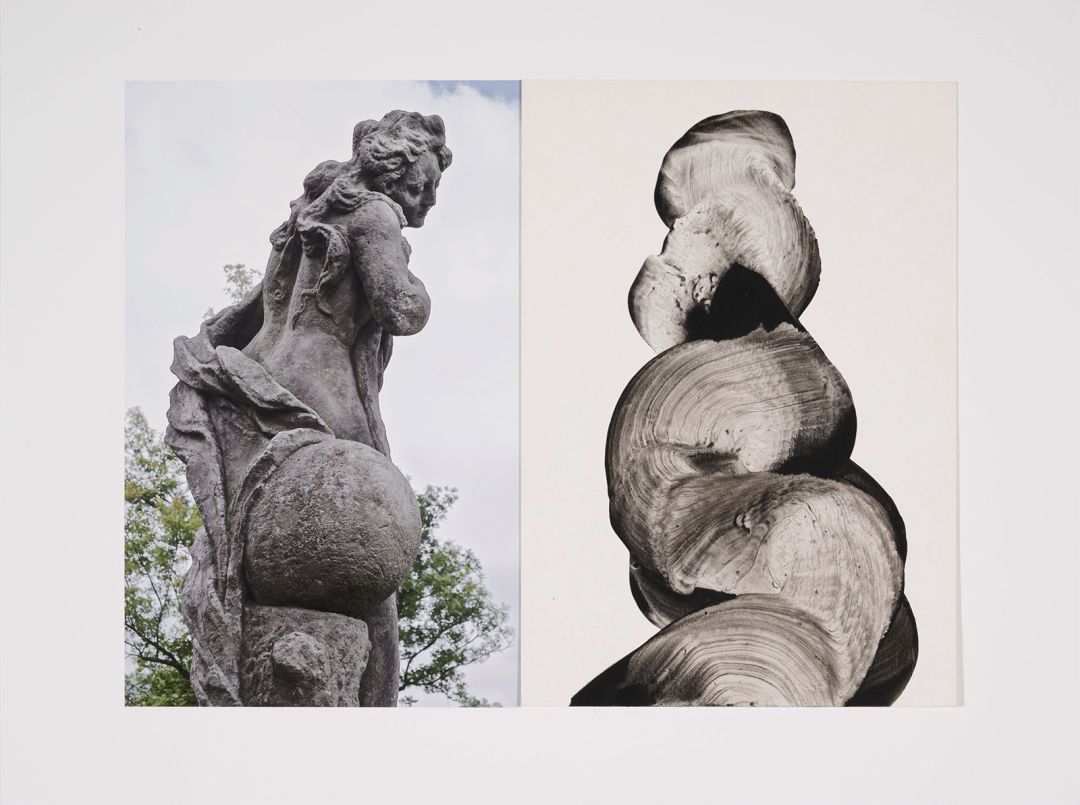


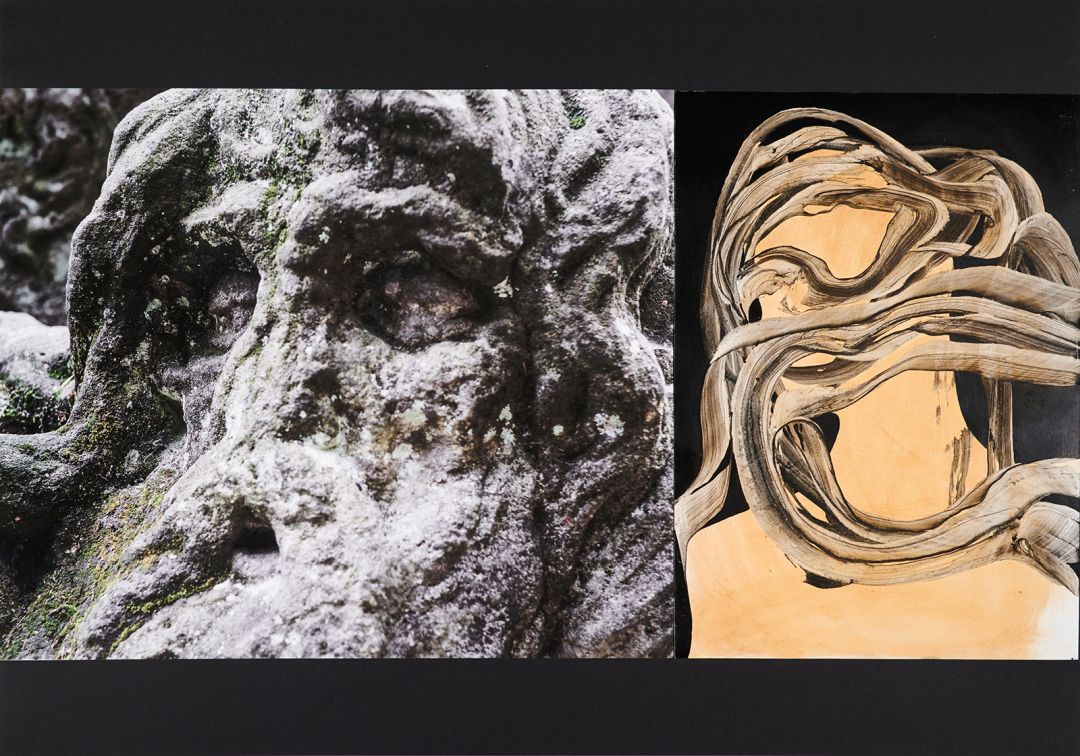

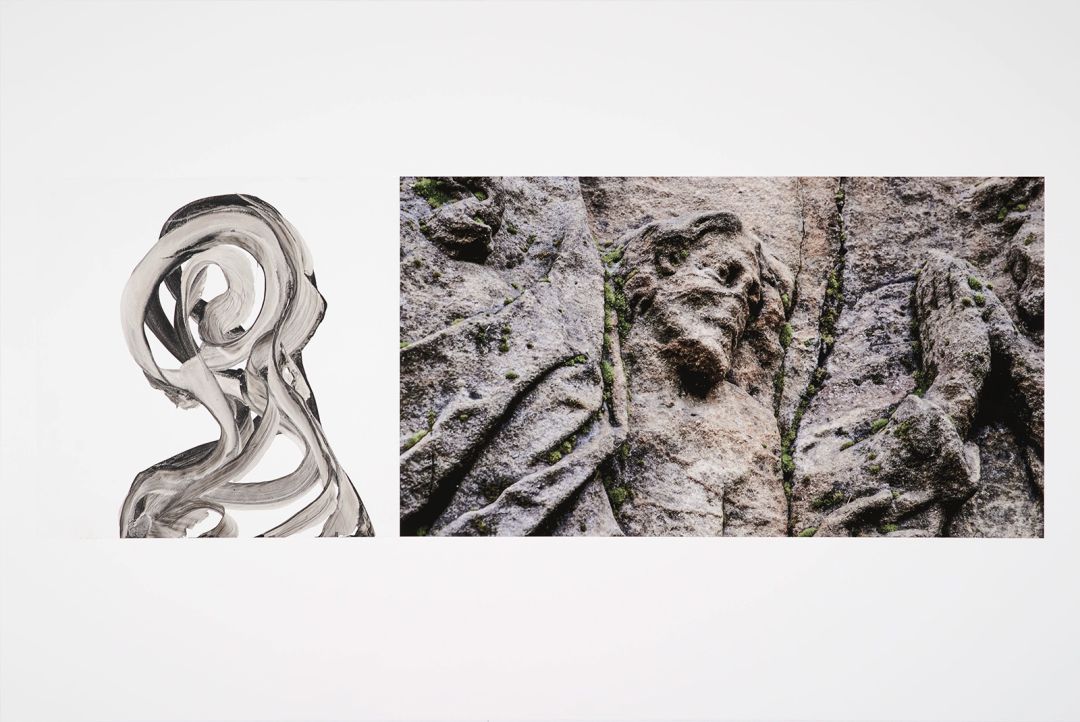





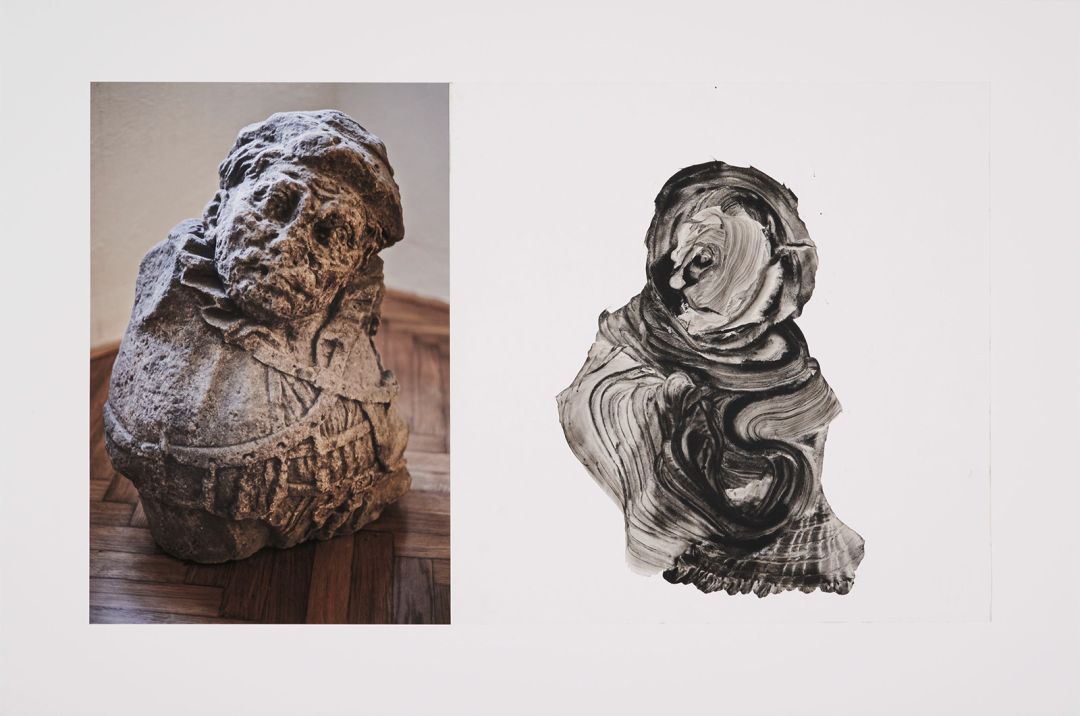



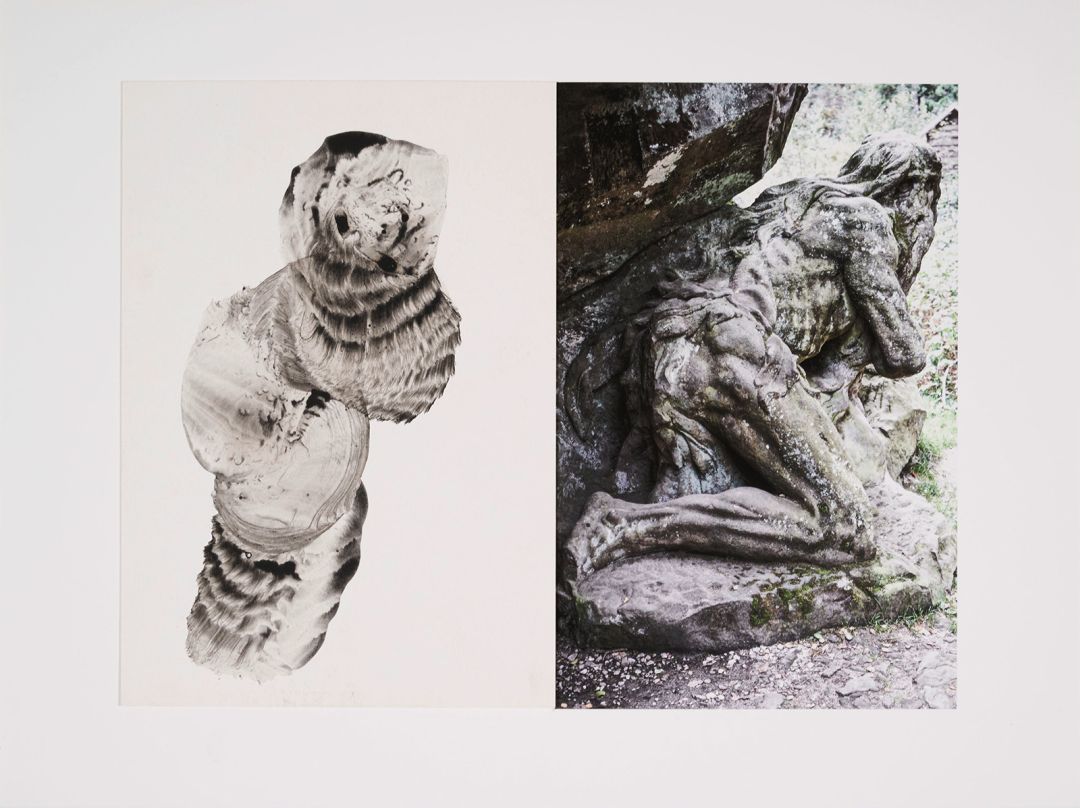





Matthias Jackisch
„Drawing day by day to see how the angel lands”
Born in Oschatz in 1958, the sculptor Matthias Jackisch spent his childhood in Upper Lusatia. After graduating from high school, he completed an apprenticeship as a stonemason in Steinigtwolmsdorf and Dresden. With his professional qualification as a stone sculptor, he studied sculpture at the Academy of Fine Arts in Dresden from 1981 to 1986.
rom 1985 to 1990 he worked with Tobias Stengel and Christian Späte in the Meier group, creating mainly spatial installations and filigree sculptures made of stone, wire and paper. In the 1999s Matthias Jackisch turned to performance art and took part in national and international festivals. Since 1997, self-made stone flutes have been an integral part of his performances.
Since the turn of the millennium, Matthias Jackisch has once again focused on sculpture and drawing, which are inseparable for him, in addition to performances with stone flutes: “Without drawing there is no sculpture – without sculpture there is no drawing”.





Eine Ausstellung im Rahmen der Tschechisch-Deutschen Kulturtage 2022. Gefördert von der Beauftragten der Bundesregierung für Kultur und Medien
